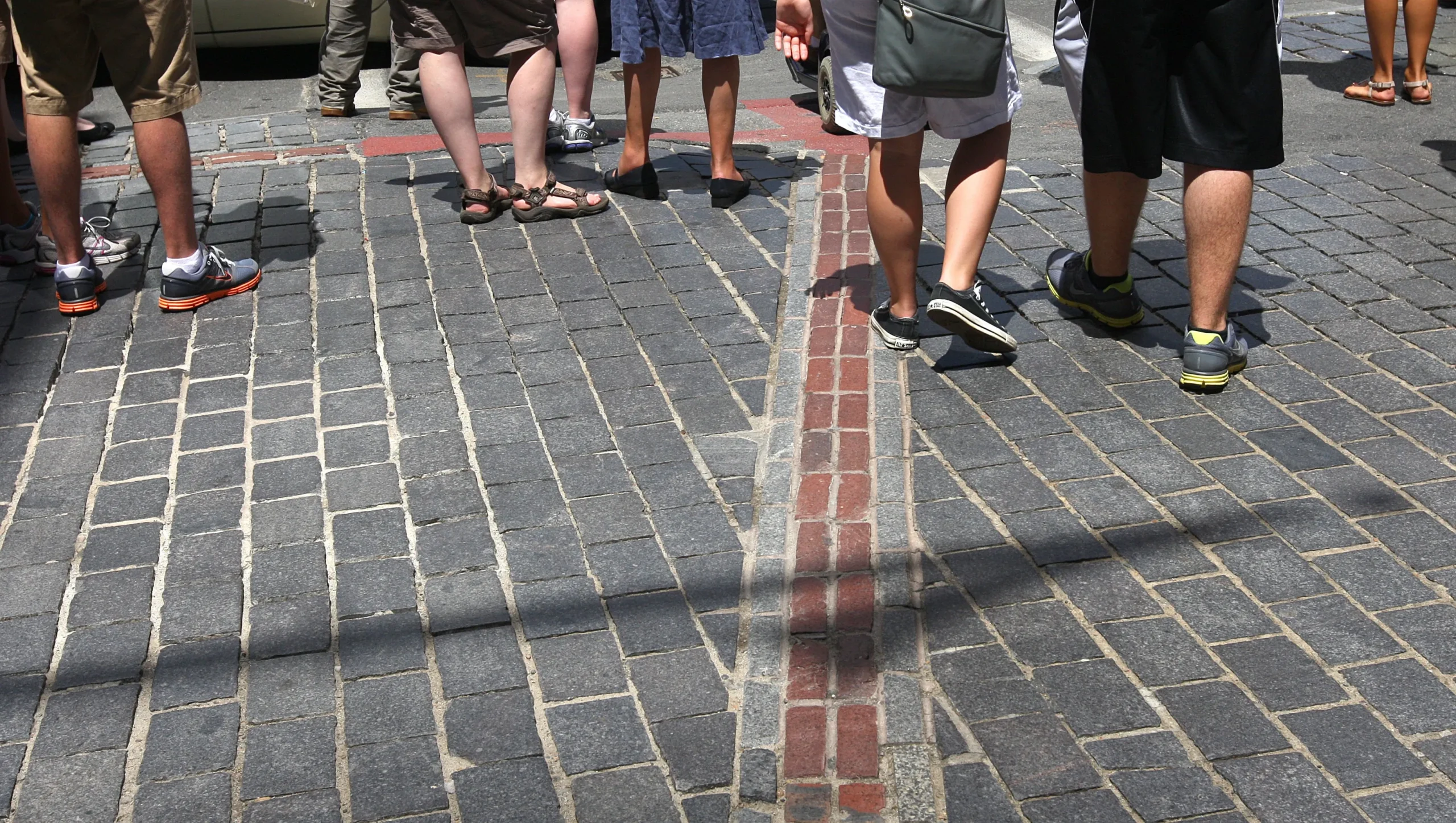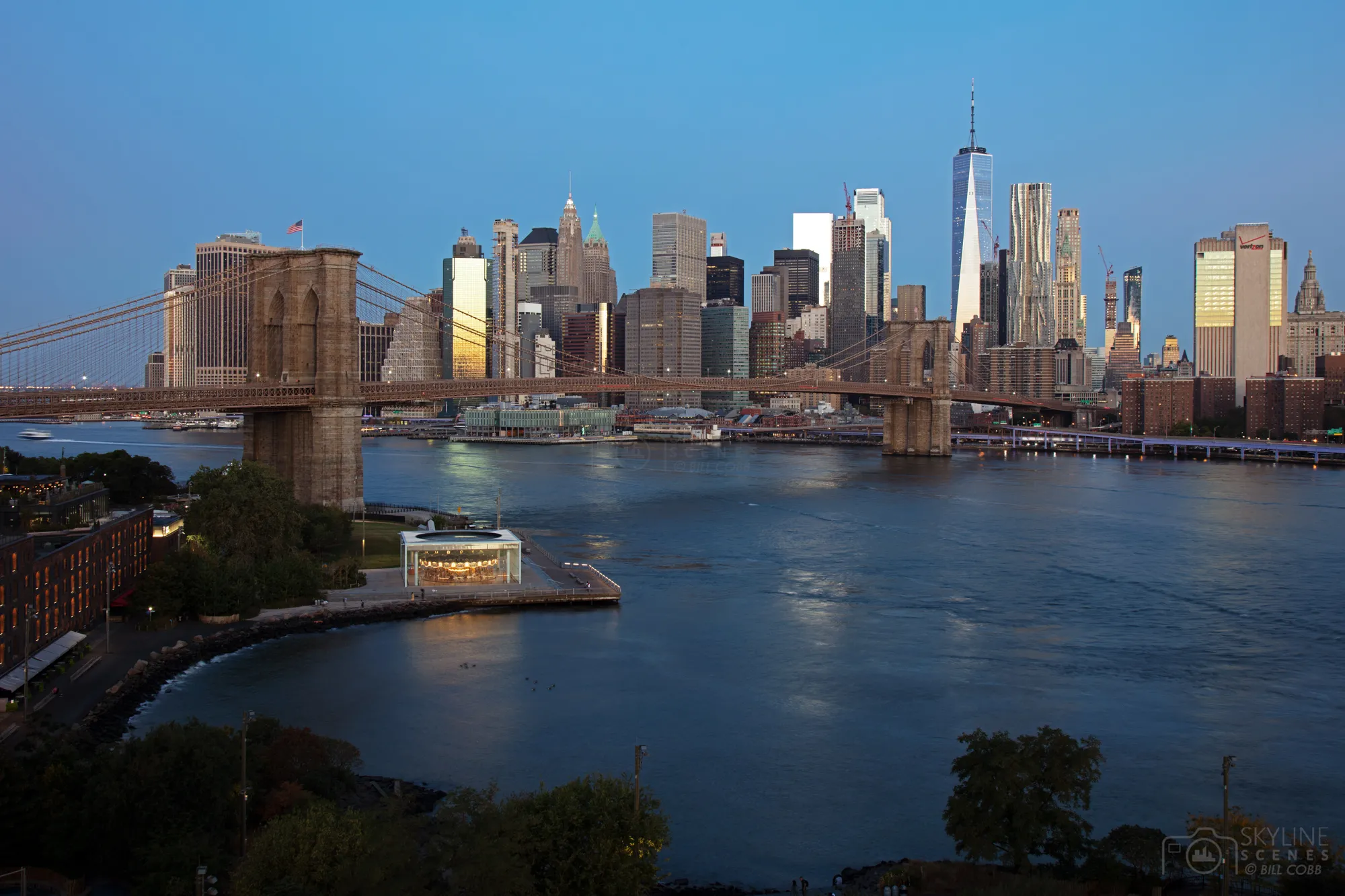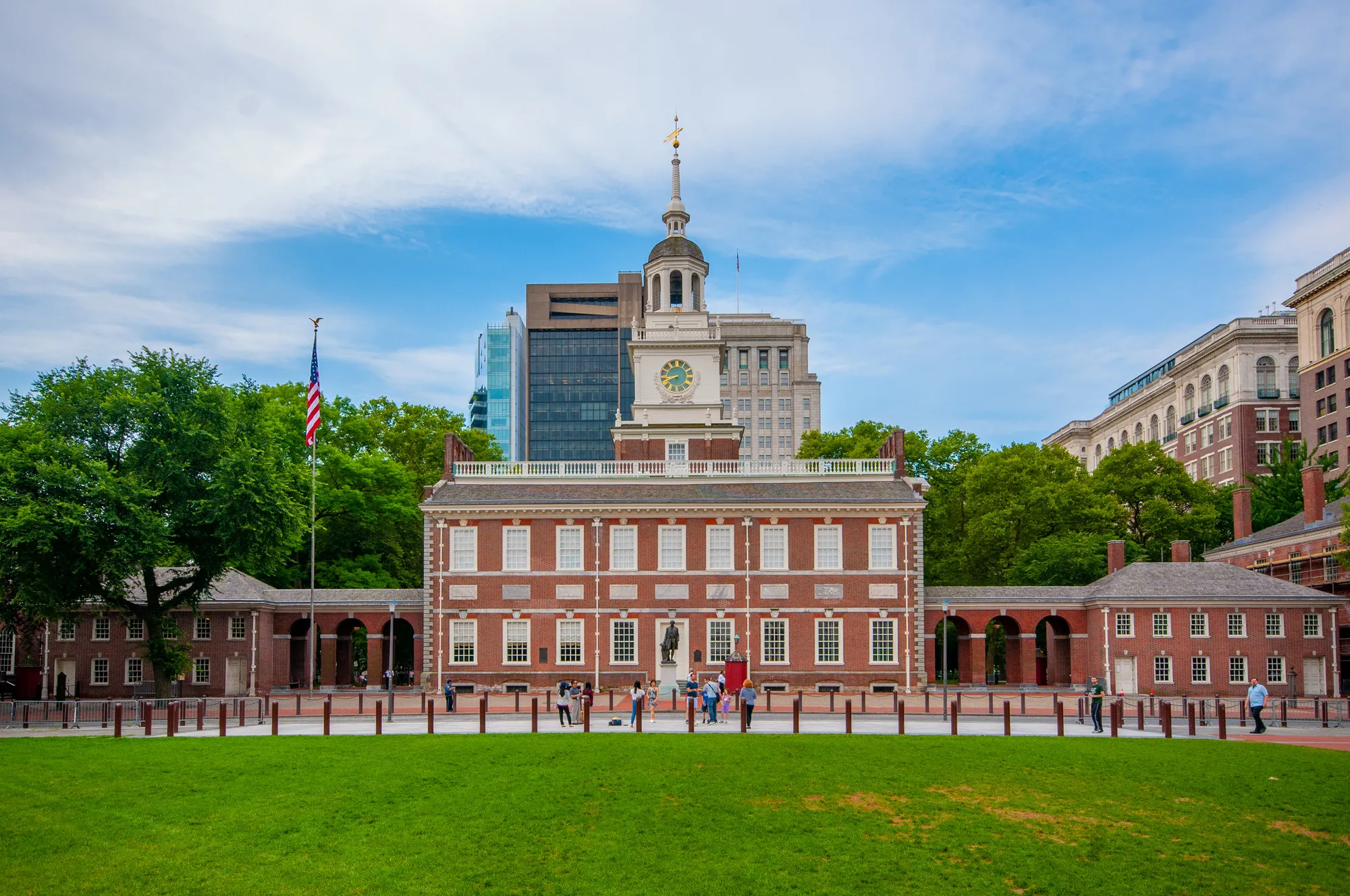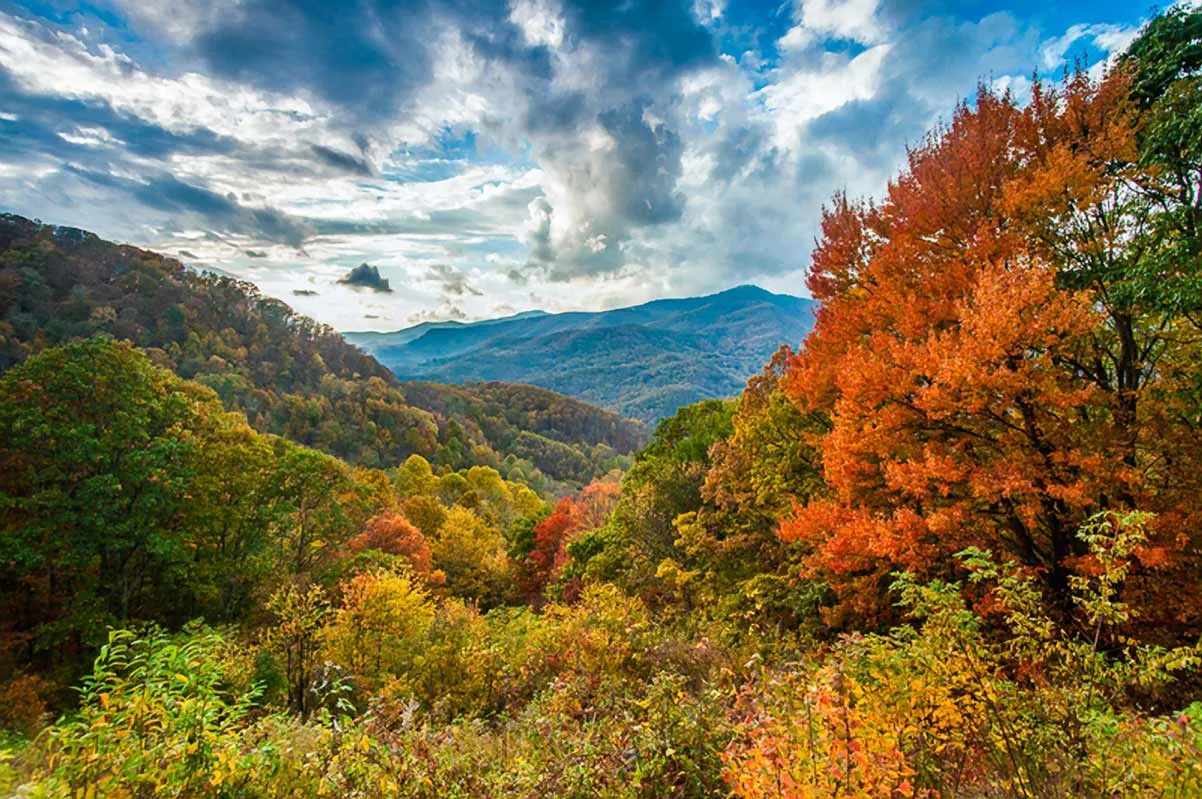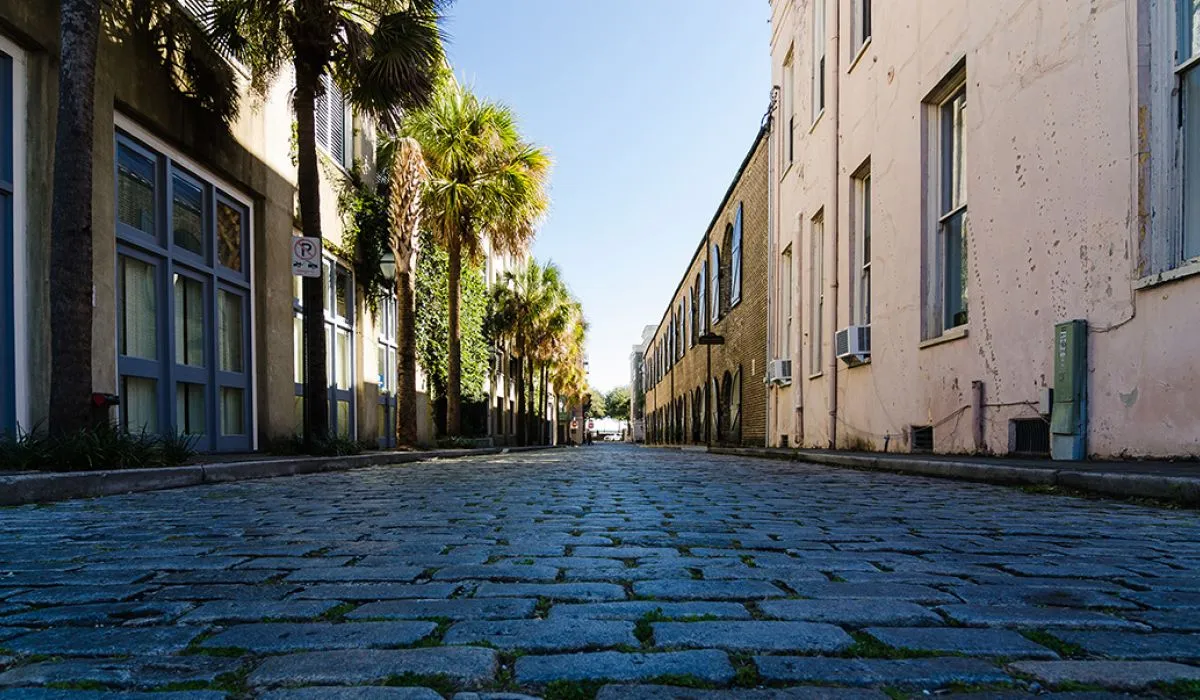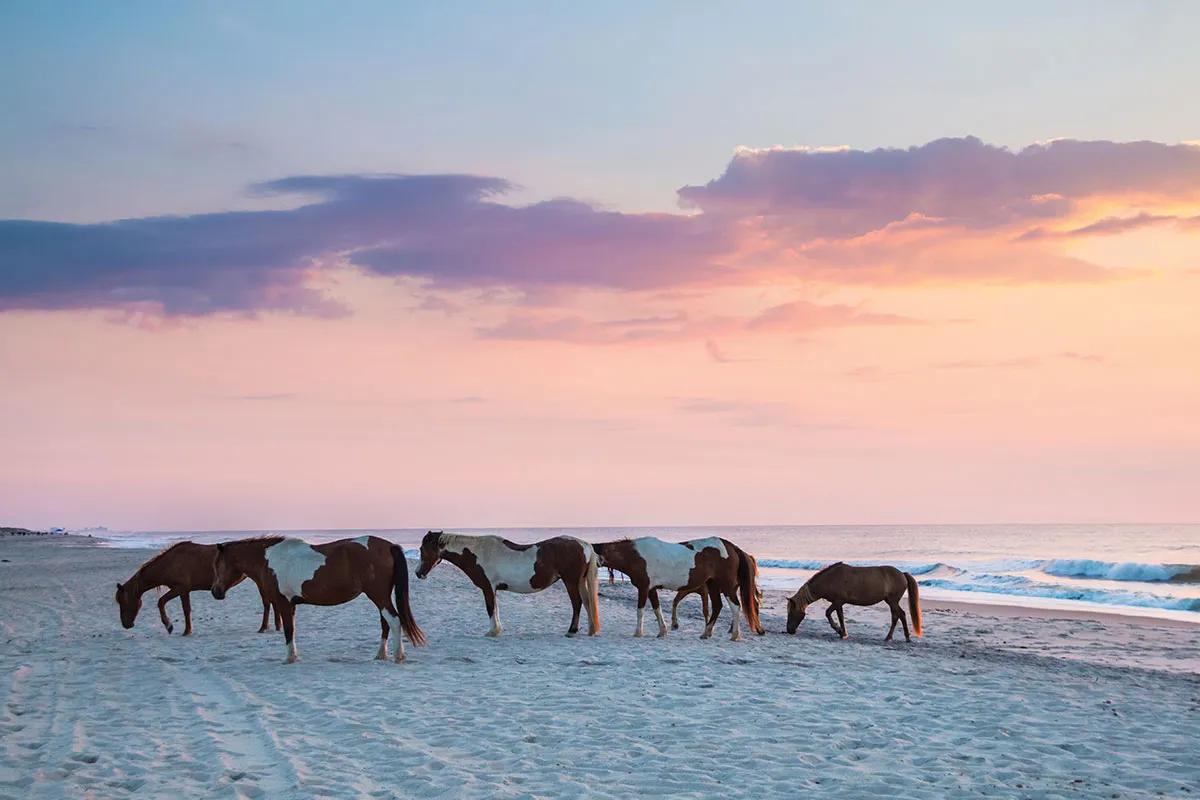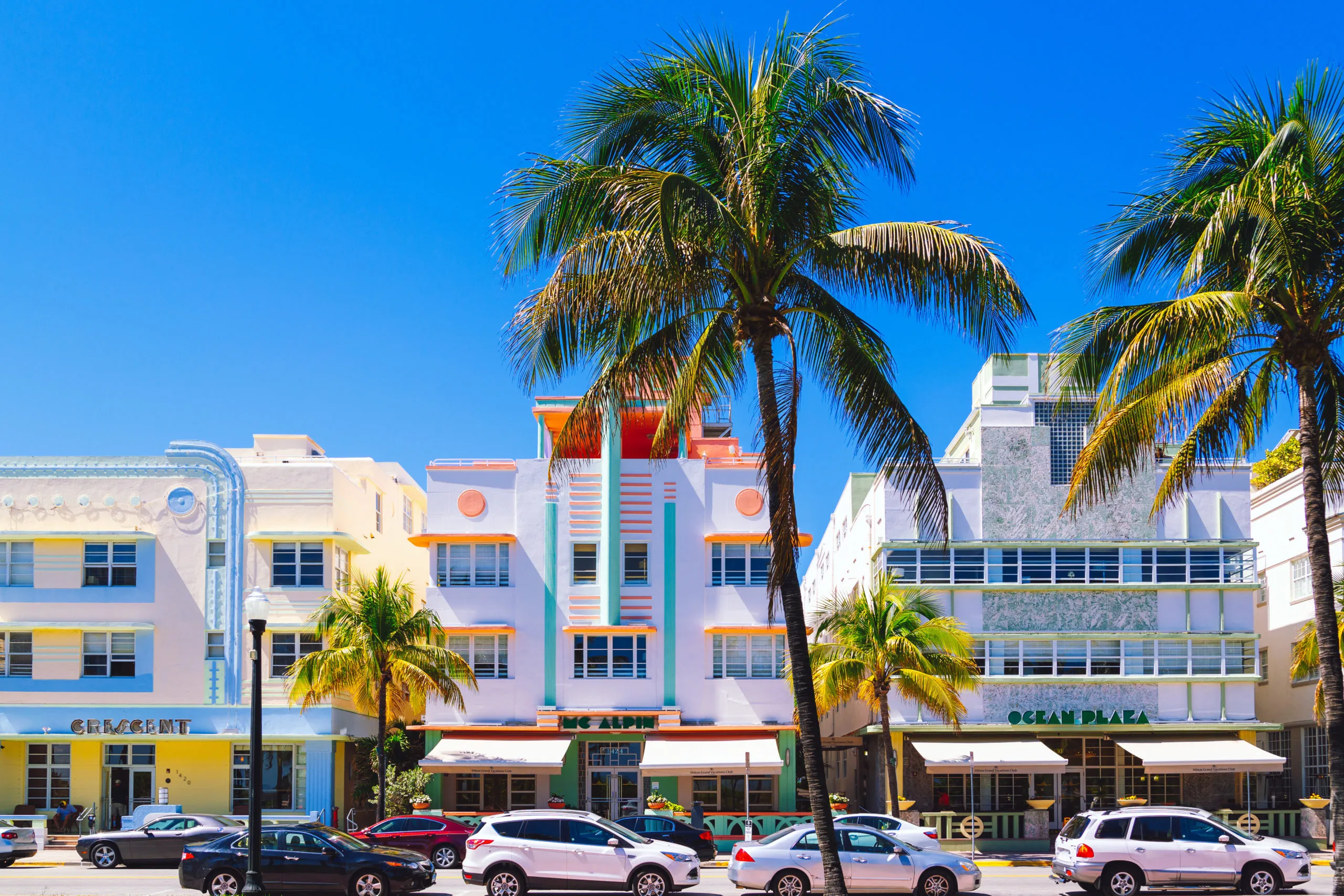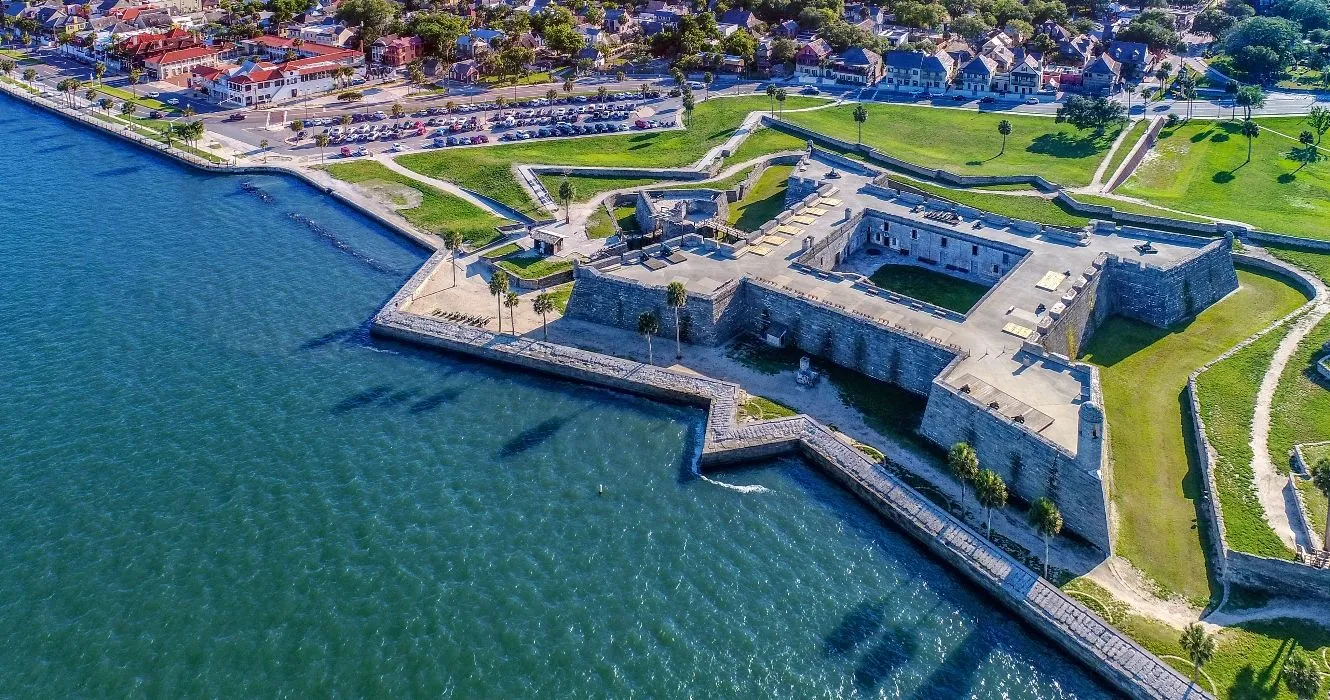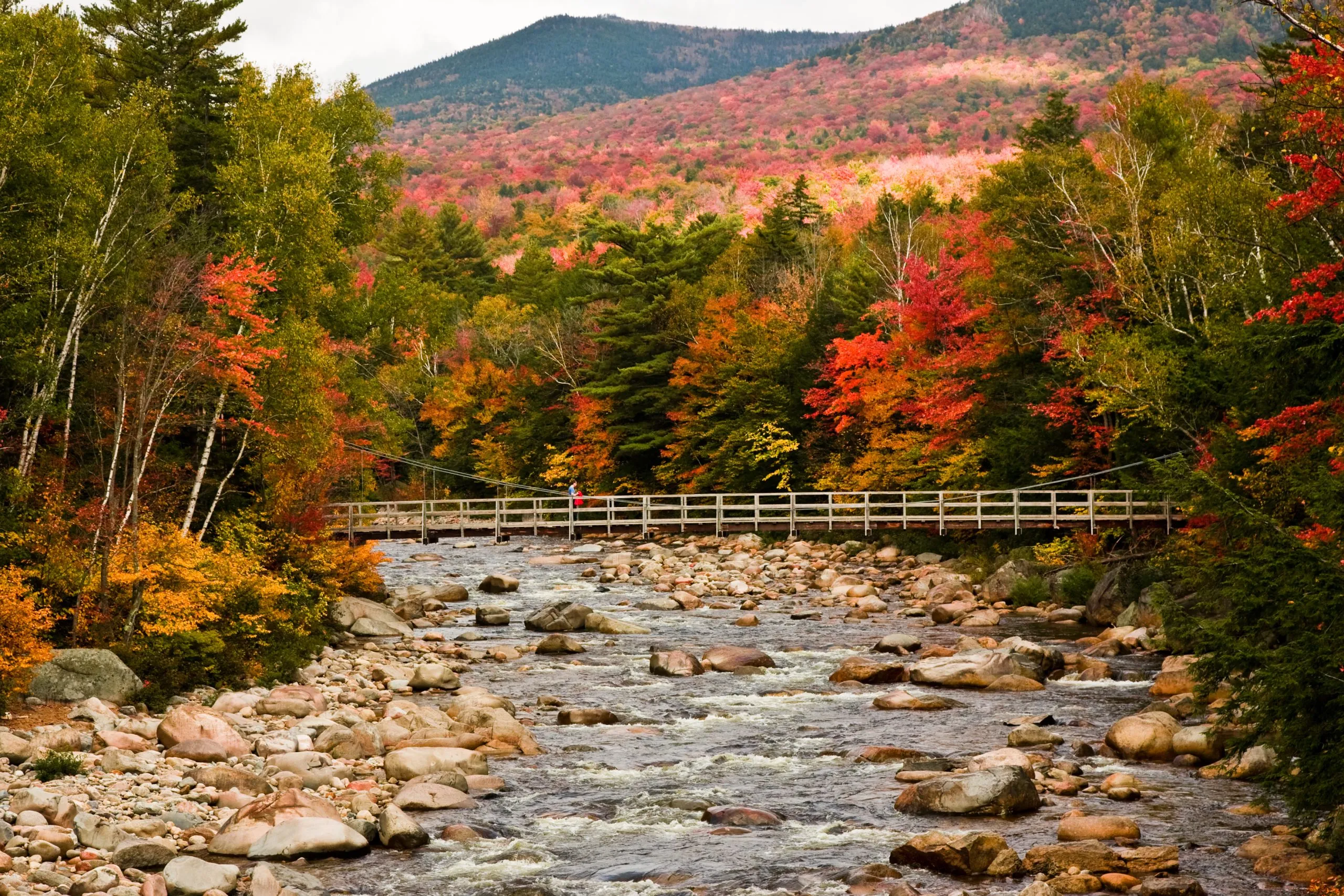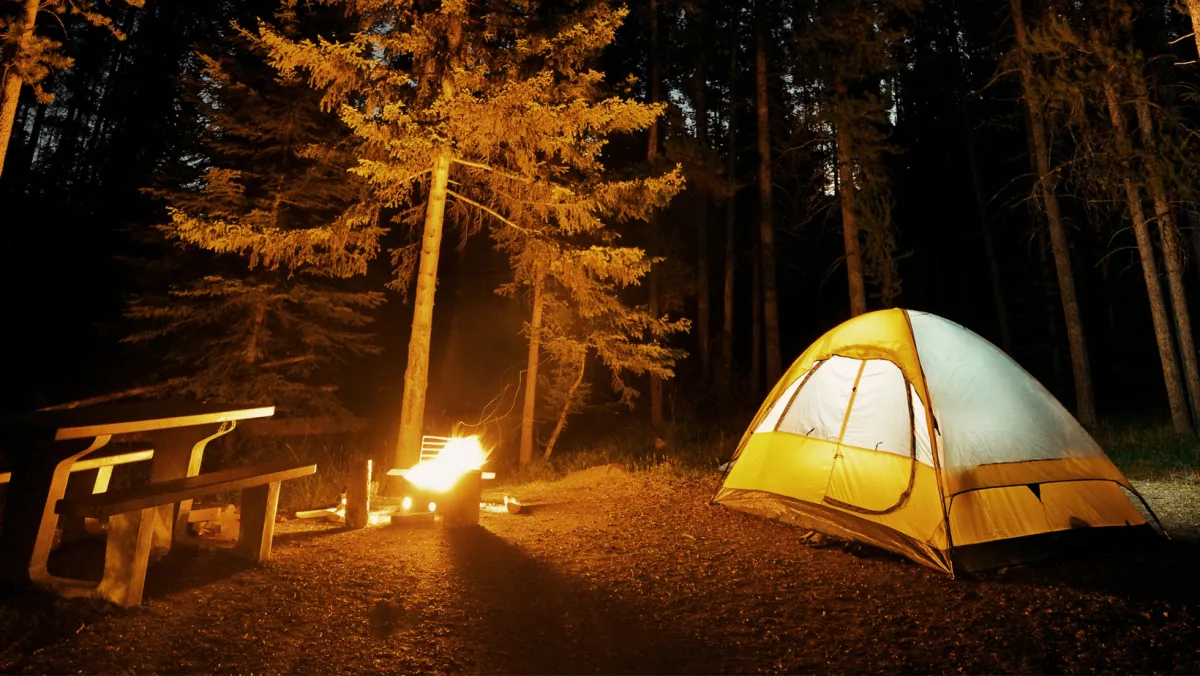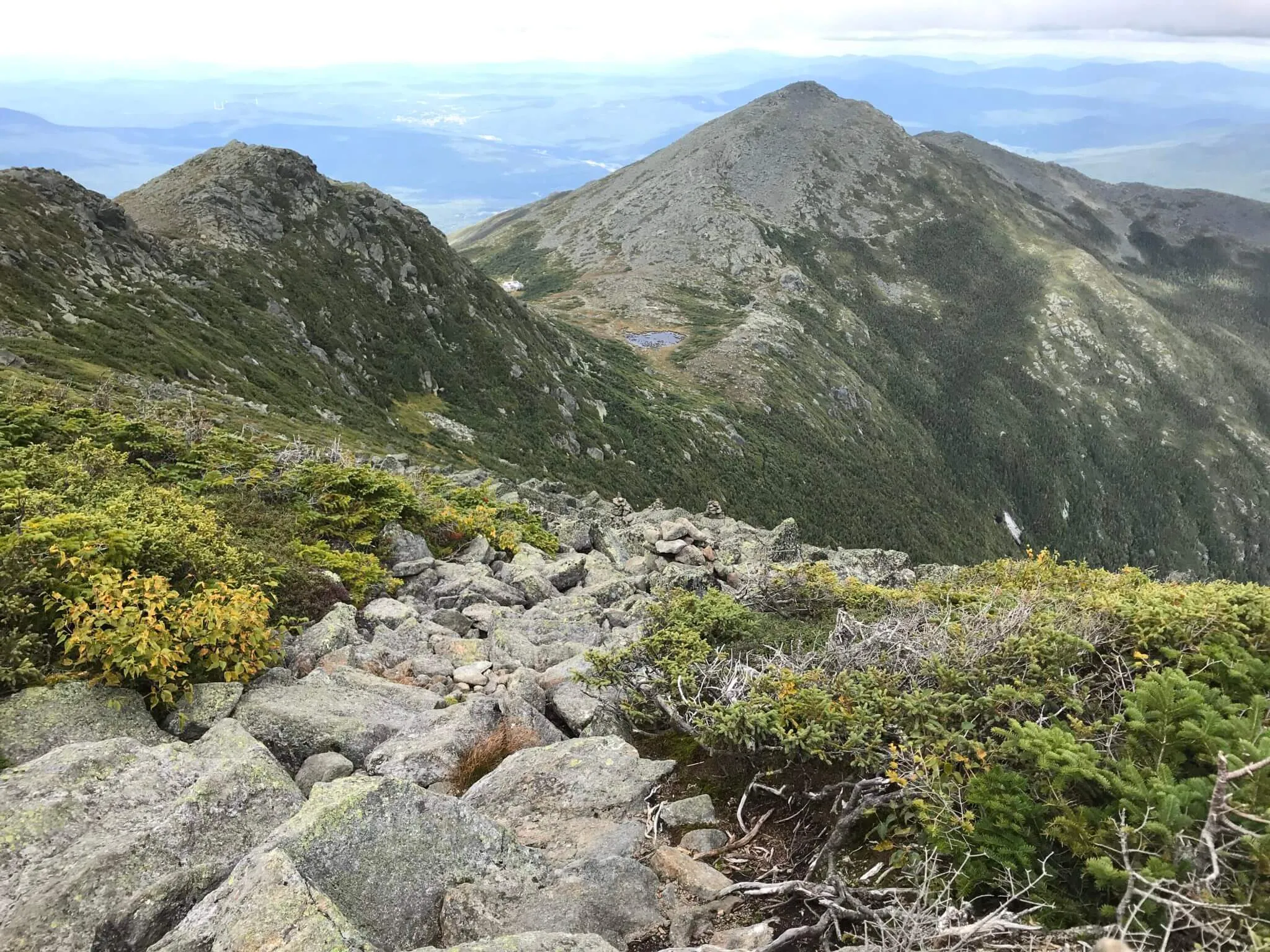East coast sightseeing offers an incredible journey through America’s most diverse and historically rich regions, from the rugged coastlines of Maine to the sun-soaked beaches of Florida. After spending over a decade exploring every corner of this magnificent coastline, I’ve discovered that the East Coast isn’t just one destination—it’s a collection of distinct worlds. Each location has its own personality, attractions, and hidden treasures that will transform your vacation into an unforgettable adventure. Whether you are planning a comprehensive maine to florida road trip or a shorter regional tour, East coast sightseeing provides a wealth of experiences.
1. Boston, MA: A walking tour through American history
Boston stands out as the perfect starting point for any East coast sightseeing trip, offering visitors a chance to literally walk through the birth of American independence. Among the best east coast cities, Boston is a living museum where the past and present intersect seamlessly. The 2.5-mile Freedom Trail, marked by a red-brick line, connects 16 historically significant sites from Boston Common to the Bunker Hill Monument, serving as the ultimate pedestrian guide to the city’s heritage.
Unique historical immersion
What makes Boston unique for East coast sightseeing is the Freedom Trail, which provides an immersive historical experience you can’t find anywhere else. The vibrant North End neighborhood combines revolutionary history with authentic Italian-American culture. Its walkable city layout makes it perfect for exploring on foot, ensuring that your new england road trip remains active and engaging.
Top attractions and cultural activities
To fully appreciate East coast sightseeing in Boston, you must follow the complete Freedom Trail from Boston Common to the Bunker Hill Monument. Explore the narrow streets of the North End for authentic cannoli from legendary local bakeries. You should also visit the Old State House, the site of the Boston Massacre, and experience an interactive tour at the Boston Tea Party Ships & Museum. These activities are essential things to do east coast travelers should not miss.
Logistics for the traveler The best time to visit for East coast sightseeing in Boston is May through October, which offers pleasant walking weather. Winter provides fewer crowds but requires warm clothing. Logan International Airport connects to downtown via subway. The city’s extensive “T” subway system makes getting around simple and affordable. While Boston excels at combining education with entertainment, parking downtown can be expensive and challenging, and hotel rates tend to spike during college graduation season in May and June.
2. Acadia National Park, ME: Rugged coastal wilderness
For nature lovers planning their East coast sightseeing agenda, Acadia National Park is the crown jewel of east coast national parks. It offers dramatic granite cliffs, pristine lakes, and the first sunrise in America from Cadillac Mountain. This 49,000-acre wonderland on Mount Desert Island provides both gentle carriage roads and challenging climbs, making it a versatile destination for any East coast sightseeing enthusiast.
Distinctive natural features
What makes Acadia distinctive among East coast sightseeing destinations is its status as Maine’s only national park, featuring a unique granite coastline carved by glaciers. Cadillac Mountain offers the earliest sunrise views in the United States from October to March. A perfect blend of accessible trails for families and challenging routes for east coast hiking ensures adventurers of all levels are satisfied.
Essential outdoor experiences
Your East coast sightseeing checklist for Acadia must include watching the sunrise from Cadillac Mountain (requires advance vehicle reservations during peak season). Hike the thrilling Beehive Trail with iron rungs bolted into cliff faces. Enjoy popovers at Jordan Pond House with stunning mountain reflections. Drive the scenic Park Loop Road for multiple coastal overlooks.
Planning your visit Optimal timing for East coast sightseeing in Acadia is September through early October. Getting there requires flying into Bar Harbor or driving via Interstate 95 to Route 3. A vehicle is essential for exploring this park. Acadia’s unpredictable weather can shift from thick fog to brilliant sunshine within hours. The park’s popularity means summer parking fills quickly, so effective East coast sightseeing requires early arrivals.
3. New York City, NY: The ultimate urban experience
No east coast road trip is complete without experiencing the energy of New York City. From the bright lights of Times Square to the serene paths of Central Park, NYC offers more attractions per square mile than any other American destination.
NYC’s unique advantages for East coast sightseeing include an unmatched concentration of world-famous landmarks within walking distance. Diverse neighborhood experiences, from Little Italy to Chinatown to Harlem, are available 24/7. It is a prime spot for east coast weekend getaways due to its accessibility and endless entertainment.
To maximize your East coast sightseeing in New York, walk the Brooklyn Bridge early in the morning to avoid crowds and capture perfect skyline photos. Take the free Staten Island Ferry for spectacular Statue of Liberty views without the tour costs. Explore beyond Manhattan to Brooklyn’s Dumbo neighborhood for authentic local experiences. Visit rooftop bars for Empire State Building views instead of paying for observation deck fees. Fall and spring offer the most pleasant weather. The subway is your best friend; driving in Manhattan creates unnecessary stress.
4. Philadelphia, PA & Washington, DC: The nation’s historical heartland
These twin cities form America’s most important historical corridor. Philadelphia’s Independence National Historical Park and Washington’s National Mall provide immersive experiences in the foundations of American democracy, making them vital stops for those interested in east coast history.
What sets this region apart for East coast sightseeing is the density of heritage sites. Philadelphia houses both the Liberty Bell and Independence Hall, where the Constitution was signed. Washington, DC, features free, world-class Smithsonian institutions, which are among the best east coast museums. These compact areas allow visitors to experience multiple historical sites on the East Coast within walking distance.
Essential historical East coast sightseeing experiences include touring Independence Hall in Philadelphia and walking the entire National Mall in DC, from the Lincoln Memorial to the Capitol Building. Visit free Smithsonian museums, including the Museum of Natural History and the Air and Space Museum. Explore Elfreth’s Alley in Philadelphia, America’s oldest continuously inhabited residential street. This region is also ideal for an educational east coast family trip.
5. Blue Ridge Parkway, VA & NC: America’s most scenic drive
The Blue Ridge Parkway offers East coast sightseeing at a peaceful 45 mph pace. This route connects Shenandoah National Park in Virginia to the Great Smoky Mountains in North Carolina along 469 miles of breathtaking ridges. This is one of the most iconic east coast scenic drives, where the journey itself is the destination.
Distinctive parkway features for East coast sightseeing include a strictly enforced 45 mph speed limit designed for sightseeing. The route offers 469 miles of continuous Appalachian mountain vistas with over 250 overlooks. It is a highlight of any mid atlantic road trip, featuring historic sites including gristmills, cabins, and traditional craft demonstrations.
Unmissable stops for East coast sightseeing include hiking to Humpback Rocks (Milepost 5.8) for 360-degree mountain views. Photograph the Linn Cove Viaduct as it gracefully hugs Grandfather Mountain. Visit historic Mabry Mill (Milepost 176.1) with its working gristmill. Experience the feeling of driving through the parkway’s longest tunnels. October provides peak east coast fall foliage, making it the most popular time for East coast sightseeing here.
6. Charleston, SC: Antebellum charm & lowcountry culture
Charleston represents the refined side of Southern hospitality, featuring cobblestone streets, horse-drawn carriages, and some of America’s most distinctive architecture. It is a key stop on a southeast road trip and one of the best places to visit on the East Coast for a blend of history and culinary excellence.
Charleston’s unique characteristics for East coast sightseeing include the best-preserved antebellum architecture in the American South. A thriving culinary scene makes it a top contender for an east coast food tour. The rich Gullah Geechee cultural heritage along the nearby Sea Islands adds depth to the experience.
Distinctive East coast sightseeing experiences include getting deliberately lost wandering cobblestone alleys like Philadelphia Alley and Longitude Lane. Take a carriage tour through the historic district with knowledgeable local guides. Visit McLeod Plantation Historic Site for powerful perspectives on the lives of enslaved people. Shop for handcrafted sweetgrass baskets from Gullah artisans along Highway 17. Spring and fall provide comfortable walking temperatures.
7. Outer Banks, NC: Wild horses & maritime history
The Outer Banks provide a uniquely untamed feel, featuring wild horses roaming the beaches, historic lighthouses, and the site of the Wright Brothers’ first flight. These barrier islands offer a perfect blend of natural beauty and American history, home to some of the most pristine east coast beaches.
What makes OBX special for East coast sightseeing is the free-roaming wild horses descended from Spanish mustangs on Corolla Beach. You can engage in a premier east coast lighthouse tour by visiting Cape Hatteras Lighthouse, America’s tallest brick lighthouse. The Wright Brothers National Memorial marks the birthplace of aviation.
Essential Outer Banks East coast sightseeing adventures include booking a 4×4 tour to see wild horses in their natural beach habitat. Climb Cape Hatteras Lighthouse for panoramic views over the “Graveyard of the Atlantic.” Visit the Wright Brothers National Memorial. Explore Jockey’s Ridge State Park, home to the East Coast’s largest natural sand dune. Late spring through early fall is best for beach activities.
8. Miami & The Florida Keys, FL: Tropical paradise & cultural fusion
Miami represents the most international flavor of an East coast sightseeing trip, combining Latin American culture, Art Deco architecture, and tropical beaches with the Florida Keys’ unique island atmosphere. This region feels more Caribbean than traditionally American, making it one of the top east coast winter destinations.
Miami’s distinctive elements for East coast sightseeing include a vibrant fusion of North American, Latin American, and Caribbean cultures. The world-class Art Deco Historic District in South Beach is visually stunning. The gateway to the Florida Keys via the scenic Overseas Highway offers a coastal road trip experience like no other.
Unmissable Miami and Keys East coast sightseeing experiences include walking South Beach in the early morning for crowd-free Art Deco photography. Experience authentic Cuban culture and cuisine in the Little Havana neighborhood. Explore Wynwood Walls for internationally acclaimed street art. Drive the Overseas Highway to Key West, stopping at state parks for snorkeling and kayaking. Winter provides perfect weather but attracts “snowbird” crowds.
This guide to East coast sightseeing reveals America’s incredible diversity, from Maine’s rugged wilderness to Florida’s tropical paradise. Each destination offers unique experiences—whether walking through history in Boston, taking a scenic drive on the Blue Ridge Parkway, or experiencing Miami’s cultural fusion. The key to a successful east coast vacation lies in choosing destinations that match your interests while allowing for spontaneous discoveries. It is time to start planning your own journey through these remarkable places that showcase the very best of American travel.

